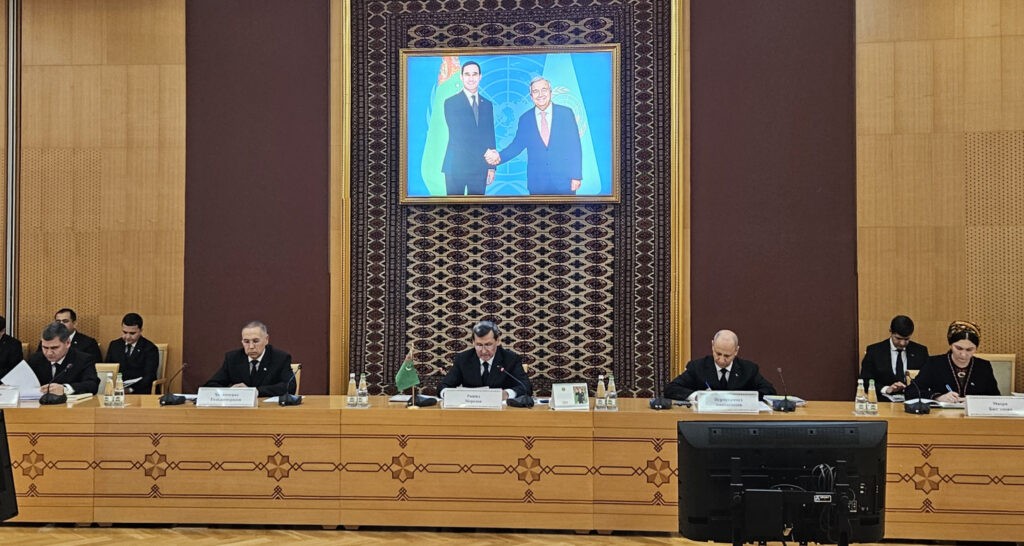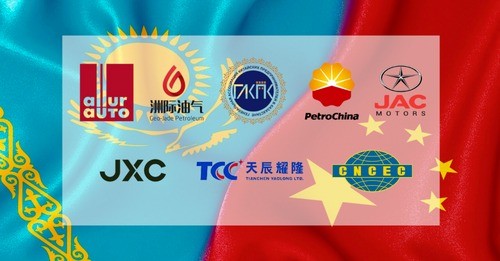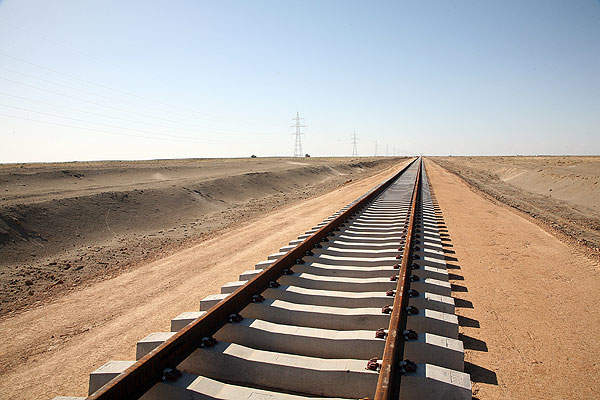By Robert M. Cutler
The China–Kyrgyzstan–Uzbekistan (CKU) railway was first proposed in 1997. There seemed finally to be a prospect for a start to the project after agreements at the Xi’an summit amongst China and the five Central Asian countries in May 2023. Construction on the 523-kilometre route was scheduled to begin several months after, but this has still not happened. Disagreements over the route and—still worse—over the funding risk relegating the project back to the drawing-boards where it has languished for over a quarter-century.
After the initial agreement in 1997, it was these essentially unchanging disagreements over financing and the route within Kyrgyzstan that stalled negotiations, and over a final agreement of conditions for its construction in the early 2000s. These disagreements concern the geo-economic strategies of the respective parties, and they have not changed in over two decades. China favors a shorter route, while Kyrgyzstan pushes for a longer one to benefit its domestic infrastructure. Specifically, Kyrgyzstan wants to use the railway’s construction to establish better connections between the northern and southern parts of the country, which are separated by a mountain range.
Further difficulties in CKU implementation
For Uzbekistan, a turning-point was its decision in 2017 to send railway experts to discuss the project with Kyrgyzstan. Then in 2019, Uzbekistan invited Turkey to co-finance the Kyrgyz section. The current cost of the whole project is estimated at $6 billion. A preliminary agreement has been reached on the division of this total, according to which each of the three parties will contribute 30 per cent (but at different stages of the project), with the source of the final 10 per cent including the cost of the feasibility study still to be determined.
Despite this progress, public concerns in Kyrgyzstan over several critical practical issues remain unaddressed and continue to complicate a final agreement. These include the anticipated influx of Chinese workers, the professional development of local railway engineers, the allocation of investments for industrial projects along the railway corridor and the facilitation of increased exports of Kyrgyzstan’s products to the Chinese market. These elements are essential for the long-term viability and success of the CKU railway initiative.
Interestingly, these are very similar to the concerns of Kazakhstan that delayed the construction of the first (i.e., the Atasu–Alashankou) segment of the Kazakhstan–China oil export pipeline in the early 2000s. Moreover, China originally insisted on compensation from Bishkek for its contribution in the form of ownership of Kyrgyz mines, including the world’s second-largest iron-ore reserve at Zhetim Too, which Kyrgyz President Sadyr Japarov claims is worth at least $50 billion. It does not help matters that this site adjoins a large glacier, the water from which is crucial for irrigation of major Kyrgyz agricultural holdings.
Other Uzbek initiatives for infrastructure connectivity
On 1 November 2023, at a forum of the Shanghai Co-operation Organization (SCO) meeting in Tashkent, transportation officials from Uzbekistan, Kyrgyzstan and Russia signed a memorandum to establish a new Kyrgyzstan–Russia trade corridor through Turkmenistan (who, incidentally, did not attend the forum because it is not an SCO member). The proposed corridor would require shipping goods over the Caspian Sea from the Turkmenbashi port in Turkmenistan to Astrakhan port in Russia. Ashgabat has not confirmed its participation in the corridor, although Turkmen officials have participated in discussions. This route would circumvent the usual routes from Kyrgyzstan to Russia, which are often encumbered by long lines at the border-crossing from Kyrgyzstan into Kazakhstan.
Provisional operational details have been published that suggest a rather modest scope for the project. Initially, Russia would provide 50 to 60 vehicles daily for cargo transport between Turkmenbashi and Astrakhan. In a second stage, semi-trailers would be loaded on boats in Turkmenbashi to carry Kyrgyz goods to Astrakhan, where they would be unloaded and re-loaded for the return trip. In a third stage, container service to the Russian port of Makhachkala would be initiated. Turkmenistan has suggested several modifications to these ideas, signifying that efficient multimodal solutions to logistics issues have yet to be implemented at Turkmenbashi.
Yet another memorandum involving Uzbekistan was signed at the same time for another proposed corridor that has been lumped in with proposed expansions of the International North-South Trade Corridor (INSTC). This would be a Belarus–Russia–Kazakhstan–Uzbekistan–Afghanistan–Pakistan route. All these countries are SCO members, except for Afghanistan and Belarus, which are observers. However, the Taliban have yet to actually send representatives to SCO events since returning to power in August 2021. Like the proposed Kyrgyzstan–Uzbekistan–Turkmenistan–Russia corridor, this one would be multimodal, variously using railways, roads and ships for transportation, and potentially increasing the already significant estimated travel time. Currently, the realization of this project seems to be even less propitious going forward than for the Kyrgyzstan–Uzbekistan–Turkmenistan–Russia project.
Conclusion
Of the three projects mentioned above, the CKU railway has the greatest potential for significant effects, but this idea is also the one that has been around the longest with nothing to show for all the talk about it. Uzbekistan needs to ramp up its connectivity, particularly in view of its expected GDP growth rate, which was 6.0 per cent in 2023 and is set to decline slightly due to inflation and slower household-income growth, although maintaining a still robust 5.5 per cent in 2024 and 5.6 per cent in 2025, according to the most recently published projections of the Asian Development Bank (ADB).
Finding efficient trade corridors is increasingly important to Tashkent, particularly given its stated intention to reduce gas exports in order to promote further domestic economic growth. The failure of CKU implementation would require Uzbekistan to continue to rely on longer and potentially less efficient trade routes. Problems with the timely movement of goods and increasing transportation costs could then adversely affect the overall trade competitiveness of Uzbek businesses. The absence of trade-route diversification would also make the economy more vulnerable to disruptions and policy changes in neighboring countries.
Finally, infrastructure developments like the CKU railway are often catalysts for economic growth, attracting investment and creating jobs. Without the railway or other significant build-out of trade infrastructure, Uzbekistan’s plans for economic growth would face an additional obstacle. Continued dependence on the existing infrastructure could be inadequate to meet future transport demands. The results would be congestion, higher maintenance costs and ultimately a brake upon that planned growth.
In the longer term, Central Asia’s emerging infrastructure networks will improve connections not only within the region but also with major markets in Europe and Asia. A failure to integrate optimally into these networks could side line Uzbekistan from major regional projects and their associated benefits. A medium-term geopolitical danger is that such a failure could ultimately reduce Uzbekistan’s influence on regional policy-making and development initiatives.
Robert M. Cutler has written and consulted on Central Asian affairs for over 30 years at all levels. He was a founding member of the Central Eurasian Studies Society’s executive board and founding editor of its Perspectives publication. He has written for Asia Times, Foreign Policy Magazine, The National Interest, Euractiv, Radio Free Europe, National Post (Toronto), FSU Oil & Gas Monitor, and many other outlets. He directs the NATO Association of Canada’s Energy Security Program, where he is also senior fellow, and is a practitioner member at the University of Waterloo’s Institute for Complexity and Innovation. Educated at MIT, the Graduate Institute of International Studies (Geneva), and the University of Michigan, he was for many years a senior researcher at Carleton University’s Institute of European, Russian, and Eurasian Studies, and is past chairman of the Montreal Press Club’s Board of Directors.








